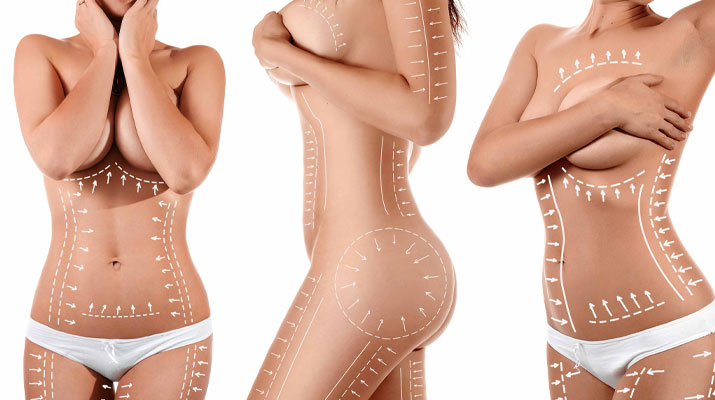
Plastic & reconstructive surgeon Dr. Chaudhari serves patients in Friendswood, Pearland, League City, Clear Lake, and surrounding communities, specializing in breast implants, breast reduction, liposuction, body contouring, tummy tuck, botox, dysport, juvaderm, hair transplant, female rejuvenation and more.
Get in touch...
©2024 Suncoast Plastic Surgery